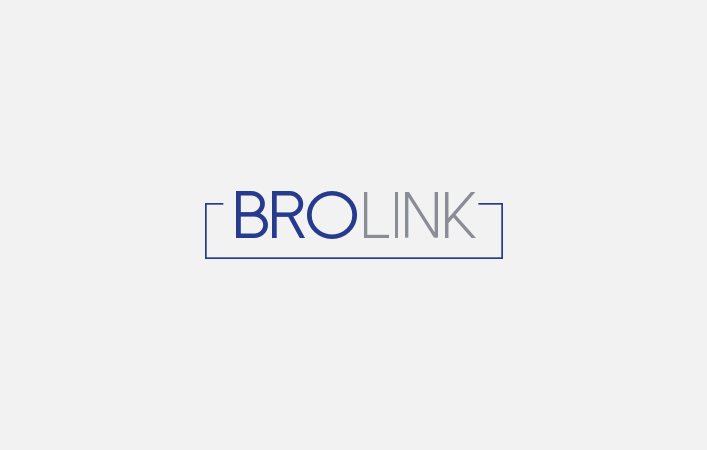
Navigating Sustainability in the Short-Term Industry


In his latest article, our COO, Hendrik Heyns, delves into the key factors impacting profitability and proposes necessary corrective actions.
As we navigate the dynamic landscape of the short-term insurance industry, it’s crucial to address the profitability challenges faced by our industry. In this communication, we delve into key factors impacting profitability and propose necessary corrective actions.
Our industry operates within a complex ecosystem influenced by market dynamics, regulatory changes, and unforeseen events. While profitability remains a primary goal, achieving sustainable margins has become increasingly challenging. Let’s explore some critical aspects:
Underwriting Cycle
The underwriting cycle—characterised by hard and soft market phases—plays a pivotal role. During a soft market, competition intensifies, leading to aggressive pricing and relaxed underwriting standards. Conversely, a hard market sees reduced competition, stricter underwriting, and higher premiums. We must adapt strategies accordingly as we currently find ourselves in a hard market.
Reinsurance Rates Surge
Reinsurance, a critical risk management tool, faces headwinds. Recent global events (such as natural disasters and pandemics) have led to increased reinsurance rates, as much as 40%, and not accepting risks like thatch. As reinsurers reassess their portfolios, insurers experience upward pressure on costs.
Economic Pressures and Inflation
Rising Costs
· Inflation: The relentless rise in general prices affects insurers across the board. As costs escalate, insurers face challenges in maintaining profitability. Key areas impacted by inflation include labour costs, office overheads, and technology investments.
· Labor Costs: Skilled underwriters, claims handlers, and risk assessors are essential for effective operations. Attracting and retaining talent comes at a cost, especially in competitive markets.
· Technology Investments: Insurers must keep pace with digital advancements. Implementing robust IT infrastructure, data analytics tools, and cybersecurity measures requires substantial investment.
Sourcing Parts and Motor Insurance
· Motor Insurance: The motor insurance sector faces unique pressures due to the sourcing of parts for vehicle repairs:
o Supply Chain Disruptions: Global supply chain disruptions (e.g., semiconductor shortages) impact the availability of vehicle components. Repair delays lead to higher claims costs.
o OEM vs. Aftermarket Parts: Balancing the use of original equipment manufacturer (OEM) parts (costlier but higher quality) with aftermarket parts (cheaper but potentially lower quality) affects claims expenses.
o Labor Rates: Labor rates for repair shops vary significantly. Insurers negotiate rates while ensuring quality repairs.
Weather-Related Claims: El Nino and La Nina
Extreme weather events impact insurers significantly. El Nino (warm phase) and La Nina (cool phase) cycles influence weather patterns globally. Here’s how they affect claims:
El Nino
· Increased Frequency: El Nino brings intense weather phenomena—droughts, floods, and storms. Insured losses surge due to property damage, business interruption, and crop failures.
· Geographical Impact: Specific regions experience heightened risks. Brokers must assess policies in vulnerable areas and recommend appropriate coverage adjustments.
· Risk Mitigation: Encourage clients to invest in risk mitigation measures (e.g., flood-resistant infrastructure, early warning systems).
La Nina
· Opposite Effects: La Nina leads to opposite weather patterns—excessive rainfall, colder temperatures, and snowfall. These impact agriculture, infrastructure, and property.
· Claims Patterns: Expect increased claims related to burst pipes, roof collapses, and agricultural losses.
· Policy Reviews: Brokers should review existing policies to ensure adequate coverage during La Nina events.
Corrective Actions Required
Risk Assessment and Education
· Educate Clients: Brokers play a vital role in educating clients about risks, coverage gaps, and the importance of risk management.
· Holistic Approach: Consider the broader risk landscape—climate change, cyber threats, and emerging risks.
Collaborate with Insurers
· Risk Appetite Alignment: Work closely with insurers to align risk appetite with market conditions.
· Underwriting Discipline: Advocate for prudent underwriting practices even during soft market phases.
Historical Discounts and Premium Adjustments
· Discounts: Over time, policies accumulate historical discounts. While these attract and retain clients, they erode profitability. We need to align discounts with actual risk profiles to return premiums policyholders pay to be closer to rates charged by insurers.
· Premium Adjustments: Revisiting existing policies, we need to dramatically adjust premiums for some policies and gradually for most to reflect the true risk exposure through once-off actions and higher renewal premiums. Transparent communication with clients is essential.
Excesses
· Risk Sharing: Excesses encourage policyholders to share the risk with insurers. When clients accept higher excesses, they demonstrate their commitment to responsible risk management.
· Reduced Claims Frequency: Higher excesses discourage minor claims. Policyholders are less likely to submit small claims if they know they’ll bear a significant portion of the cost. This reduction in claims frequency benefits insurers.
· Cost Control: Insurers face administrative costs associated with processing claims. By minimizing low-value claims through excesses, they can allocate resources more efficiently.
· Premium Stability: Accepting additional or revised excesses allows insurers to maintain stable premiums. Rather than drastically increasing base premiums, e.g. doubling premiums, insurers can adjust excess levels to reflect risk profiles.
· Client Consultation: Discuss excess options with clients during policy reviews or new policy discussions. Explain the trade-offs between excess levels and premiums.
Conclusion
Profitability hinges on informed decisions, collaboration, and proactive risk management. As partners, let’s champion resilience, adaptability, and client-centric solutions. Together, we can navigate these challenges and ensure a thriving insurance industry.


